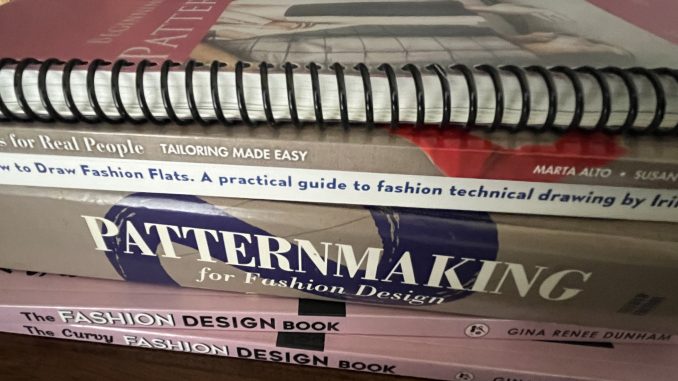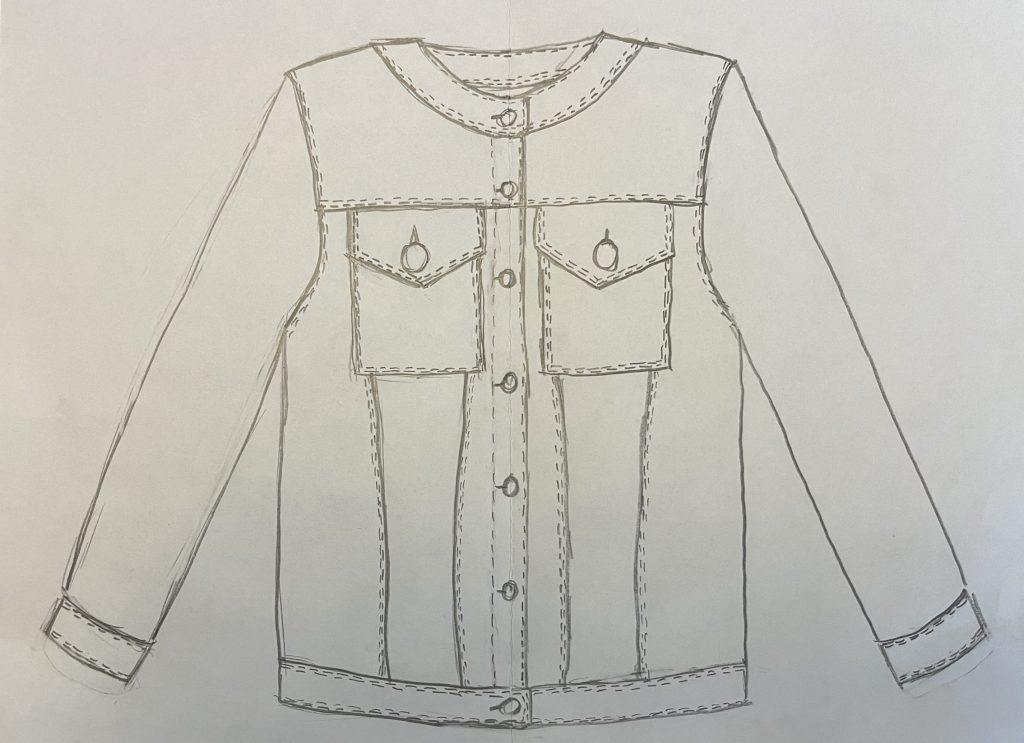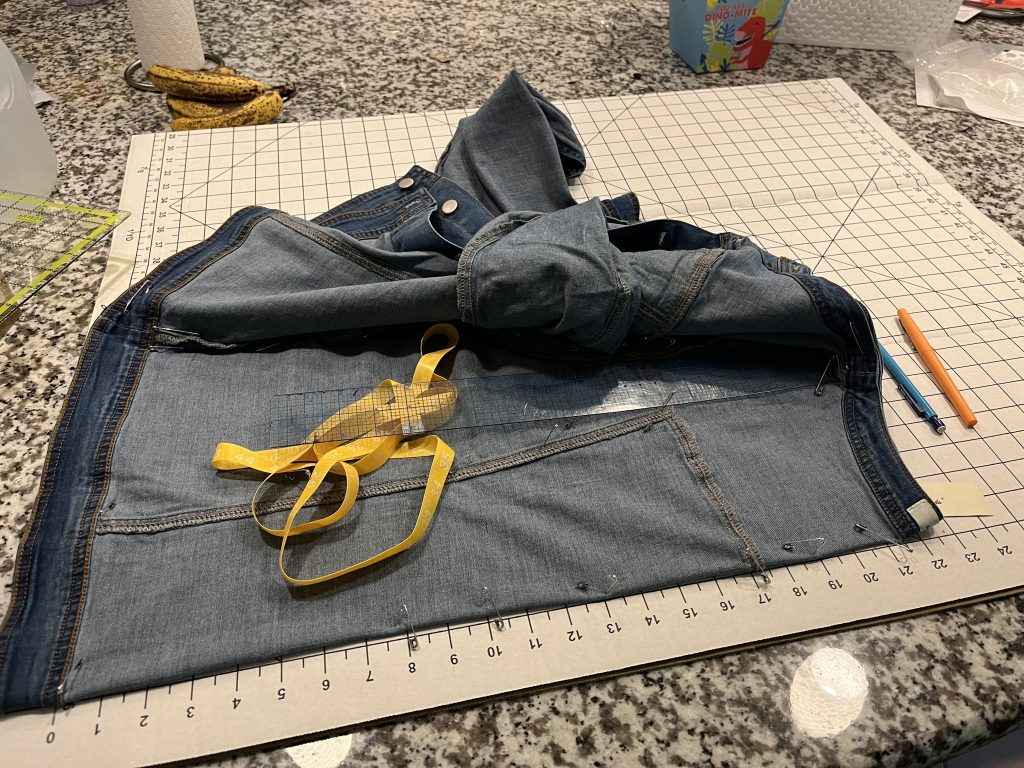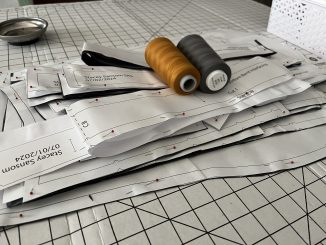
Someone told me the other day that recreating something was not learning how to do something for yourself. I beg to differ with them. It pains me deep down in my soul that they believe this. Why? Because we learn by mimicking things from the time we are born. Often reverse engineering things teaches us more than building something from the ground up. Seeing how certain parts interact with others can help us understand the fundamental functions. I am not an expert in learning. I do know that recreating is part of the learning process.
Recent Reads
It reminds me of the concepts taught in a couple of books I read recently.
- How to Get Ideas by Jack Foster and Larry Corby
- Steal Like an Artist: 10 Things Nobody Told You About Being Creative by Austin Kleon
These books were required for course instruction for the BYU-Idaho course ART 325 Graphic Design. I have to admit that I was skeptical about the first book selection and I had previously read the second one.
How to Get Ideas asserts that there is no such thing as completely new ideas, they are just new combinations of the same ideas. Ideas come from our experiences and existing knowledge and how we manipulate and apply them is where uniqueness comes into play.
Steal Like an Artist declares that nothing is original and we should embrace the influence occurring around us daily. We do not exist alone inside a vacuum. Influence comes from a variety of “things” around us – people, places, experiences, and more. Learning to put new twists on things keeps us fresh and relevant.
Learning Solidifies Older Skills
This semester, I am taking the APD 290 (Apparel Design) CAD Pattern Making class. It is my “for fun” class this semester at BYU-Idaho. I do not need it to graduate in July – at all. I did not need the elective credit and it is not an upper-division course. Some people say this is not “outside of my normal” school learning. I am going to push right past these people and explain why this is not “normal” for me. I am doing this 100% for self-enrichment. This is for me.
These are skills that I want to learn for myself for numerous reasons. Mostly, I want to be able to make clothes that fit my body – properly. I have been hard to fit my entire life and this has not improved as I have aged, fluctuated in weight, or discovered I have scoliosis in my back. I am trying to learn new things to help improve my small business. These skills will help me provide new products and services to my existing client base. The hope is it will allow for more passive income over time.
When we are learning, we are solidifying, building, and reinforcing skills – old and new. Learning newer techniques helps us improve and grow. We do not want to stay stagnant in life.
Learning from the Apparel Design Recreation Project
For APD 290, we are learning some valuable skills in CAD (Computer Aided Design) related to fashion design and apparel pattern making. Images and specifications are given for an item and these are used to model and recreate it.
The project for the course is to recreate a commercially manufactured jacket or coat.


To manage my stress, I purchased a lightweight denim jacket that I liked from Amazon. Based on the measurements, it should fit, but basing sizing off a single arbitrary number is guesswork at best. I hoped it would fit. When it finally arrived, problems in fit were clear. These are common problems for me and ready-to-wear clothing.
To start, the front of the armhole cuts into the front of my body. Overall, it is very snug even though it has a little bit of stretch to it. There is no “real” standardization in garment sizing. The bad fit is not a surprise. Based on the measurements it does run a little small. The jacket hangs funny on the shoulders due to a “forward neck” and shoulder joints that roll forward. The sleeves are too tight around the biceps. The back of my arms are fleshy, but I also combine that with a very prominent bicep muscle. Sleeves always cut into my bicep making them uncomfortable. These were the major issues!
Learning is recreating and adjusting
The good news is that the goal is to make that jacket fit my body in the recreation process.
From the inspiration piece – the commercially manufactured jacket – I created my flat sketches. Unless you are completely deconstructing the garment and tracing each piece, there are going to be considerable variances from the original.
When you adjust or modify them for your body measurements and shaping, you introduce additional variances from the original. Artistic license is introduced and used.


These sketches are not to scale and do not use a croquis. Initially, I did use a basic plus-sized flat sketch croquis. It was too small to include the details needed based on project requirements. The small croquis sketch was 100% from memory. I was lazy and did not want to get up and go look at the garment repeatedly (or pick it up and bring it back to where I was sketching).
Thus, I fixed the size and memory recall errors in the sketch when I recreated it larger. This re-do helped me understand the simplified construction process used during manufacturing. It also revealed materials not included in the construction of the garment. These would matter more or less based on the fabrics I select to construct the final replica.
Learning is Breaking it all Down
Understanding how the basic garment construction is an important part of the sewing process. This is a challenge for many new sewists. They do not fully understand the construction techniques or proper sewing order. This can make sewing difficult for many students.
I taught adults and children to sew for a couple of years and I came across this repeatedly. I started teaching more techniques and they became more confident quickly because they understood how the seams interacted with each other, how to reduce bulk, how to get the seams to curve correctly, and more.
It is not different in this project. I have to create the flat pattern pieces for this jacket. When done correctly, they make the jacket take shape and come to life. Knowing exactly how the pieces connect and interact with other pieces is important for getting the correct structure, shape, or support in the finished garment.




Completing these breakdown sketches was quite the process and after I had done the original sketches with rough preliminary measurements, I decided to grab the old reliable cardboard cutting board and clear the large kitchen island for use. It was time to get serious about the measurements!
Learning and recreating is a process
Taking measurements is important because it shows the scale and proportion of the garment. This was not always easy because measuring around curves is tricky at best. For this project, we cannot take the garment apart.
In the end, these measurements are only a guide because the goal is to FIT MY BODY not recreate a jacket that does not fit. I had to keep reminding myself that the fit is more important than the exact measurements. I needed measurements more for placement and scale. Since my jacket is going to be a bit larger, proportional replication is the best that I can do.
Working on this project this week has helped me remember that learning is a process and while we want to rush through the steps and get to the end and final product, that is not always in our best interest and often does not yield the best results. You have to work the steps because there are no shortcuts in deep learning.
Stay tuned for more updates on this project. It is currently week 9 of the semester. This is due in a few weeks.




1 Trackback / Pingback